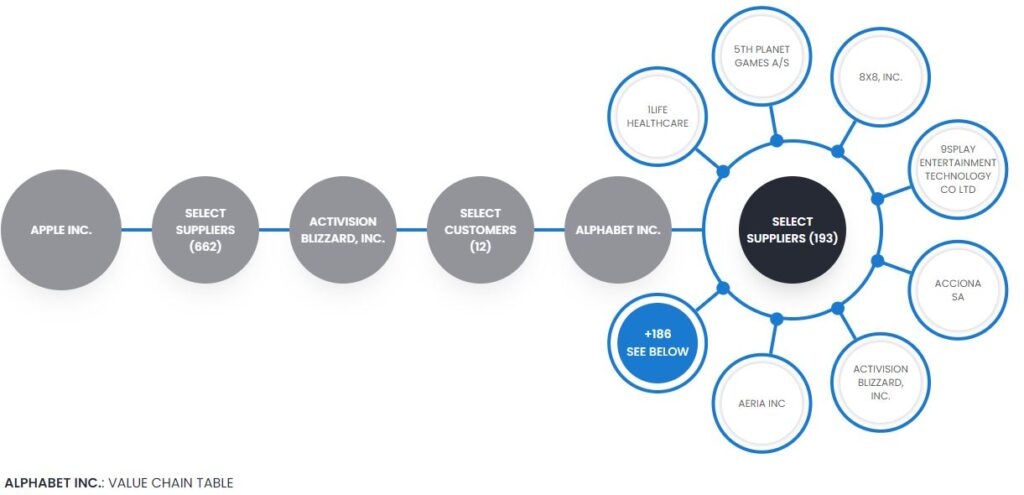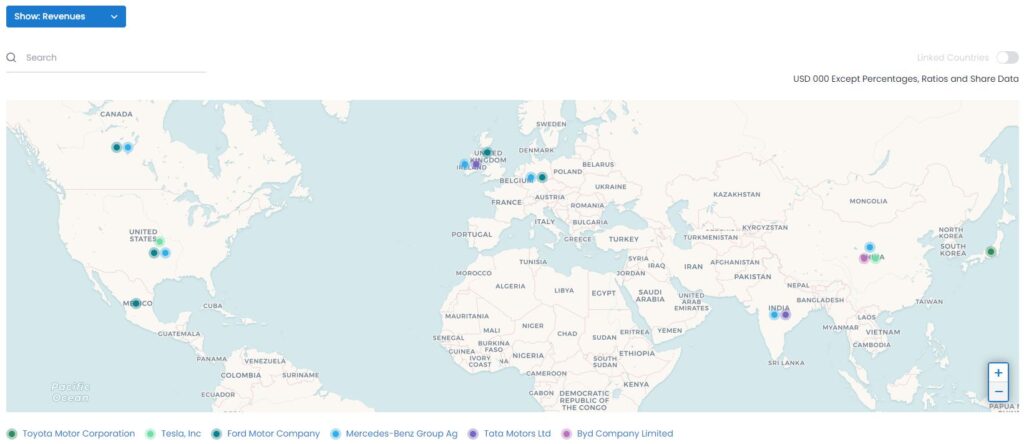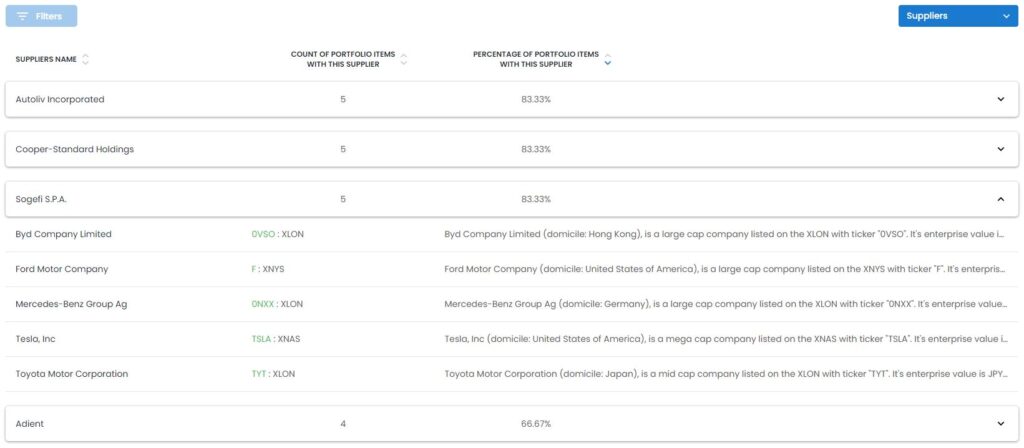Tee Taylor is the Head of Commercial for Logistics & Global Research Operations at the UK Health Security Agency. She gives her views below on the importance of Value Chain Analysis and the ways Capnote can help with related workflows.
In today’s fast-paced and complex business environment, value chains play a critical role in ensuring the success of organizations. These value chains map relationships with strategic stakeholders including suppliers, customers, providers of capital, regulators and even competitors. As businesses strive to stay competitive, it is important for related professionals in procurement and finance to know the answers to questions such as:
- What is the real-time credit quality of customers or suppliers? How has this changed over the last year or quarter?
- Which suppliers or raw materials are the most pre-dominant in portfolios or for product development?
- How does your organization compare to competitors across key metrics for operational efficiency, valuation, and capital structure?
During the global financial crisis of 2008, it became clear that liquidity squeezes and financial difficulties across value chains could lead to risks to production or present opportunities to increase market share. Diligent investors also began to track these value chains more closely to give themselves an edge.
Capnote has powerful tools for value chains and peer comparisons that can help procurement and financial professionals dynamically track and further understand their complex value chains. It provides:
- Automated Financial Analysis: Financial analysis is the core of what the Capnote platform does – providing efficient access to information and converting raw data into insights to improve financial decision-making and outcomes. The information provided enables procurement and finance leaders to recognize opportunities for cost savings and to evaluate the financial stability of suppliers, customers or competitors.
- Interactive Supply Chain Analysis: Supply chain analysis is a crucial process for any procurement professional; and involves the examination of the entire supply chain, from raw materials to the delivery of finished products and services to customers. Capnote’s Value Chain tool displays the links between organizations, their key customers, subsidiaries and suppliers. Procurement professionals can use this to identify key industry suppliers, negotiate better contracts, and manage supplier or customer relationships. For example the below value chain allows professionals to track relationships and keep adding companies to the chain.

- Market Analysis: With Capnote’s Value Chain data automation, the gruelling process of gathering and deciphering information from various sources is made much easier. The platform streamlines the information and equips professionals to have a sound understanding of a desired market or industry to ensure that they are making purchasing decisions based on customer needs and market trends. This includes identifying new suppliers, understanding the competitive landscape, and identifying opportunities for innovation. In the future, there will be ESG information as well. Below is an example of the maps visualization on Capnote.

- Portfolio Concentrations: In a portfolio of companies, it is essential to understand the concentrations that exist to suppliers, customers, geographies, raw materials, or competitors. This can help with risk management processes and the identification of critical paths or nodes that can impact a large proportion of the portfolio. Capnote allows professionals to create portfolios and see the sensitivities in them. For example, when a portfolio of electric vehicle manufacturers including Tesla, Ford, BYD, Toyota and Mercedez Benz Group is created, below is a sample of the key suppliers in the portfolio.

- Dynamic Risk & Growth Factor Alerts: Through the Value Chain, procurement colleagues can identify potential risks and develop strategies to mitigate them. The insights and real-time alerts aid the development of contingency plans, identifying alternative suppliers, and improving supply chain resilience.
By using Capnote for Value Chain Analysis, procurement and finance professionals can identify opportunities for improvement, negotiate better contracts, and manage supplier or customer relationships more effectively. This ultimately leads to increased profitability, improved risk management, customer satisfaction, and a stronger competitive position. Look out for a continuation of this series and more best practice on value chain analysis.
